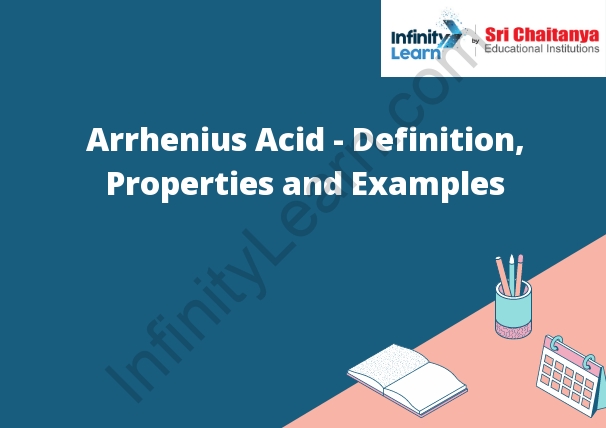Table of Contents
Arrhenius Acid
An acid is a molecule or ion that donates a hydrogen atom to another molecule or ion in a chemical reaction. The Arrhenius definition of an acid is a molecule that dissociates in water to form hydrogen ions (H+) and an anion. The hydrogen ions are what make an acid an acid.

Arrhenius Acid and Base Definition
An acid is a molecule that, when dissolved in water, donates a proton (H+) to a water molecule. A base is a molecule that, when dissolved in water, accepts a proton from a water molecule.
Basicity Property of Arrhenius Acids
- Arrhenius acids are substances that produce hydronium ions (H 3 O+) in aqueous solution. The hydronium ion is a strong acid that is capable of donating a proton (H+) to water to form the hydroxide ion (OH−). The hydroxide ion is a strong base that is capable of accepting a proton from water to form the hydronium ion.
- The basicity of an Arrhenius acid is a measure of its ability to donate protons to water. The stronger the acid, the more easily it donates protons to water, and the more basic it is. The basicity of an Arrhenius acid is usually expressed as the pH of a 1 M aqueous solution of the acid. A pH of less than 7 indicates that the acid is a strong acid, and a pH of greater than 7 indicates that the acid is a weak acid.
Arrhenius Acid as Electrolytes
- In 1884, Svante Arrhenius published a paper in which he proposed that acids could be electrolytes. In this essay, I will discuss what Arrhenius meant by this and why it is significant.
- Arrhenius proposed that acids could be electrolytes because they dissociate in water to produce ions. He showed that the concentration of these ions could be measured and that they could be responsible for the electrical conductivity of a solution. This was important because it showed that acids could be responsible for many of the chemical and physical properties of a solution, not just its acidity.
- Arrhenius’ work on acids as electrolytes was significant because it helped to establish the field of electrochemistry. It also helped to explain the behavior of acids in solution and paved the way for later work on acids and bases
Arrhenius Acid Example
The following is an example of an Arrhenius acid:
HCl (g)
HCl is a gas at room temperature. When it dissolves in water, it forms a strong acid that can ionize in water to produce hydrogen ions (H+) and chloride ions (Cl-).







